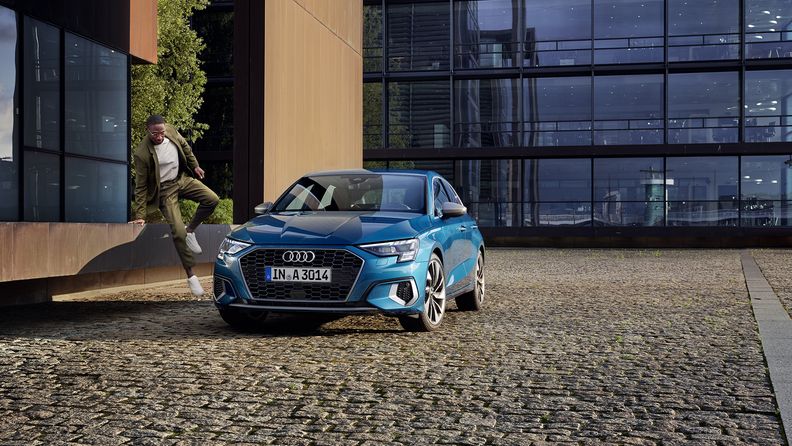Design is once again shaking the world
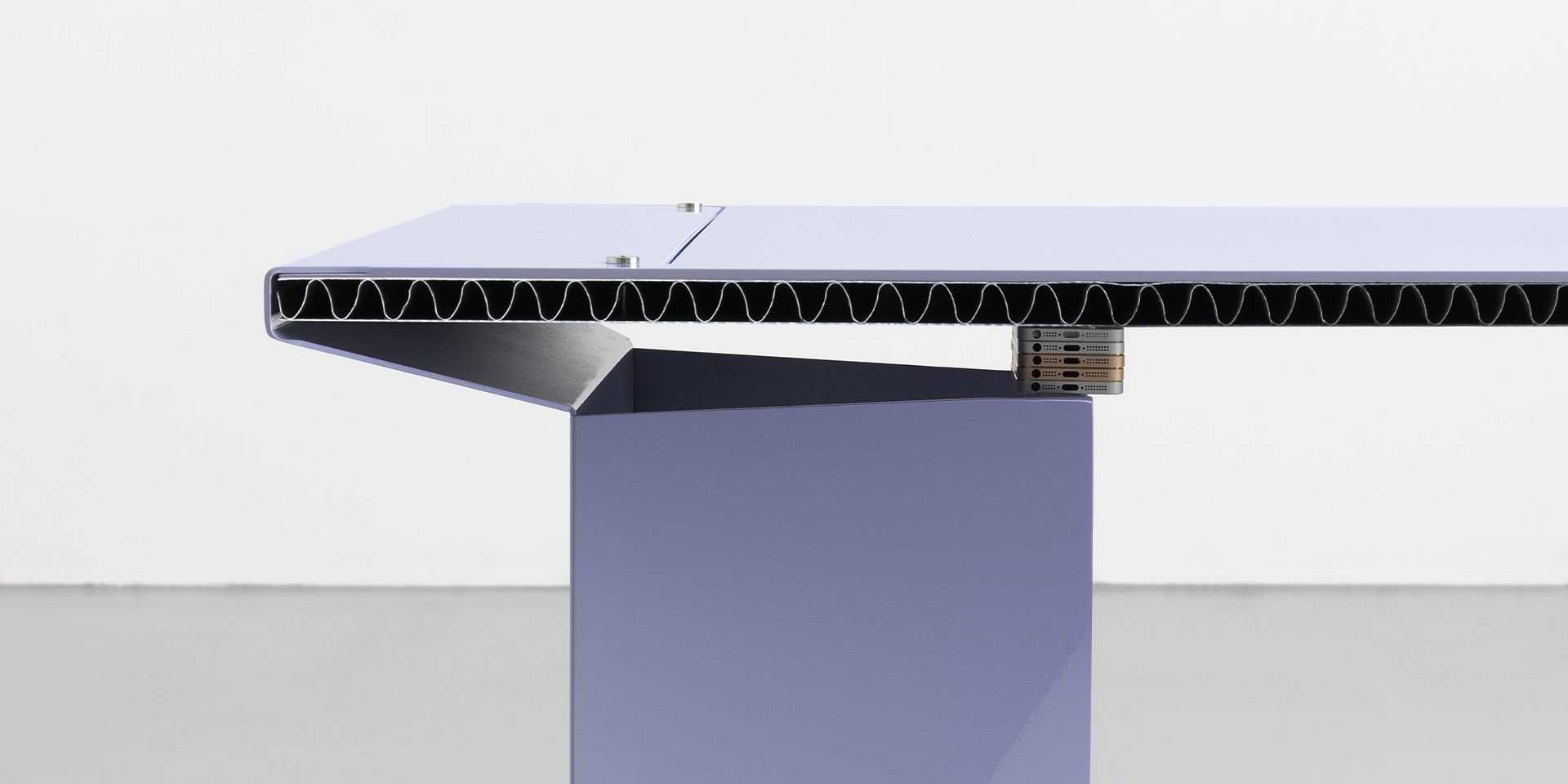
When Simone Farresin from Milan and the Sicilian Andrea Trimarchi first met at Florence Design Academy in their early 20s, something visionary connected them both: the ability to cast a highly critical eye over what they were taught was supposed to be the big achievement of contemporary design. “When we came to Florence to study, we were hoping to find the radical, innovative approaches for which Italian design was famous in the 1970s and 1980s, but the discipline had become completely commercialized in the 90s. It had lost its society-changing aspect,” recalls Simone.
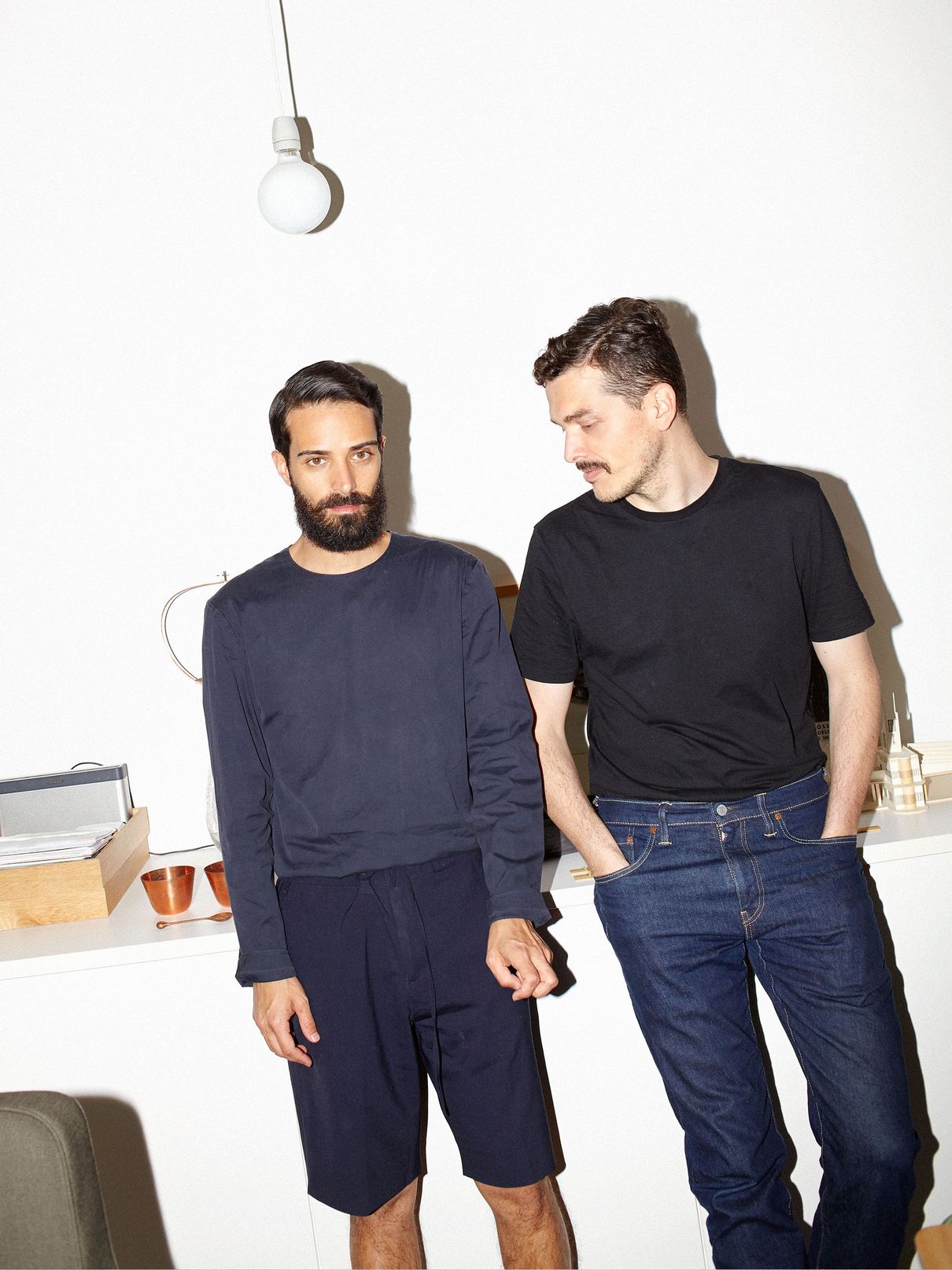
Fortunately, both men held on firmly to their dream and completed a master’s degree at the renowned Design Academy Eindhoven. They now lecture there themselves, teaching a new, all-encompassing approach to design – one with responsibility and respect for the past, the future, and the environmental impact of a product. Between the master’s degree and the teaching assignment, the pair founded the successful Formafantasma design studio in Amsterdam and created various solo exhibitions and biennale entries that are considered groundbreaking. “We are not interested in design simply because we like nice things,” explains Simone. “We are fascinated by the fact that it is a discipline that affects culture, the economy, and environmental issues – and at the same time infiltrates people’s lives on a very practical level.”
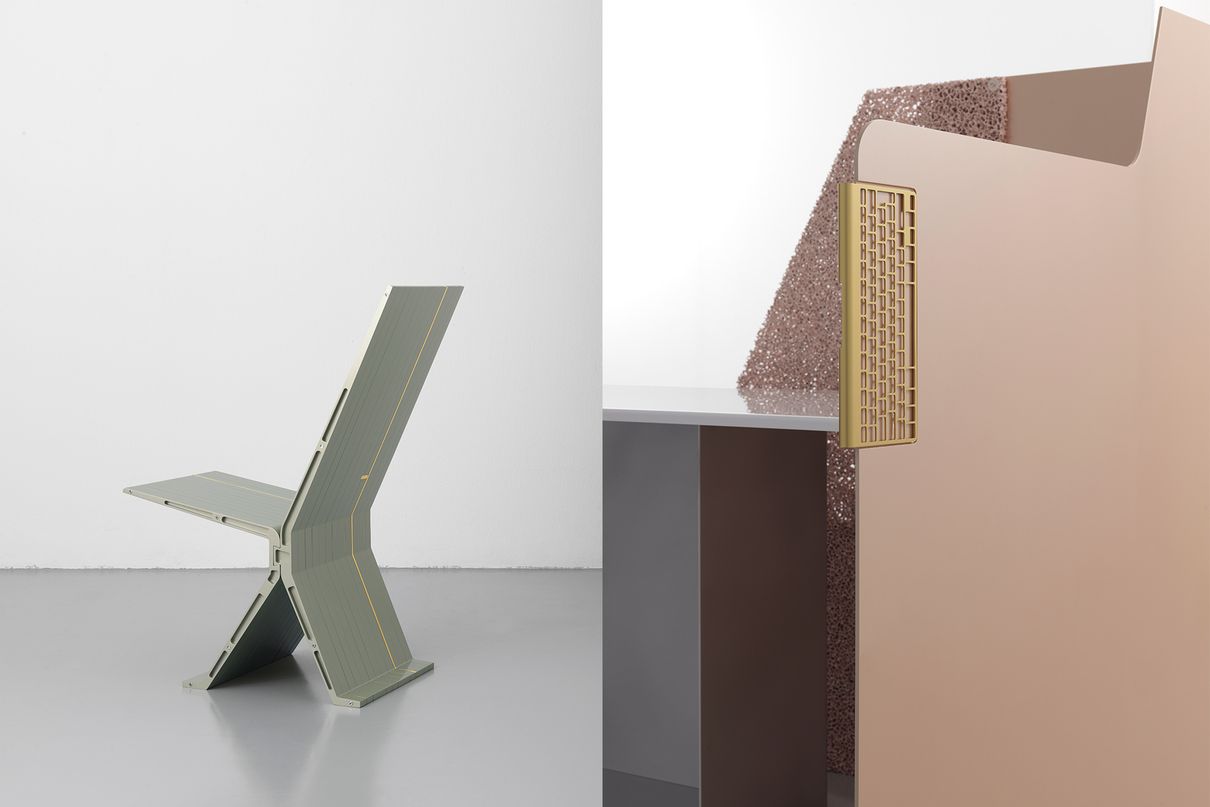
Inspiration from material research
There is no single approach that explains how and why certain materials end up being the focus of Formafantasma’s work and what the duo create from them. Simone uses an example to describe the process. In 2017, the National Gallery of Victoria (NGV) in Melbourne commissioned Formafantasma, whose reputation as a bunch of materials nerds preceded it, to conduct a study on a certain material. They were interested in the contextual approach developed by the duo while studying in Eindhoven and perfected at the Amsterdam-based agency. “We were given a completely free hand to choose the subject,” says Simone. The only stipulation: Since the NGV collection has a clear focus on furniture design, Formafantasma’s ideas also had to revolve around pieces of furniture.
The team did their research – and soon narrowed things down to a material-related theme: large sections of the Australian economy are still based on extracting minerals from the earth. “We found this remarkable, which is what led to our ‘Ore Streams’ project. Once we started examining the subject of precious metals, however, we quickly established that most metal-based materials now come from the recycling of existing resources. The same amount of gold can be recovered from a single metric ton of old computer parts as can be mined from 17 tons of ore.”
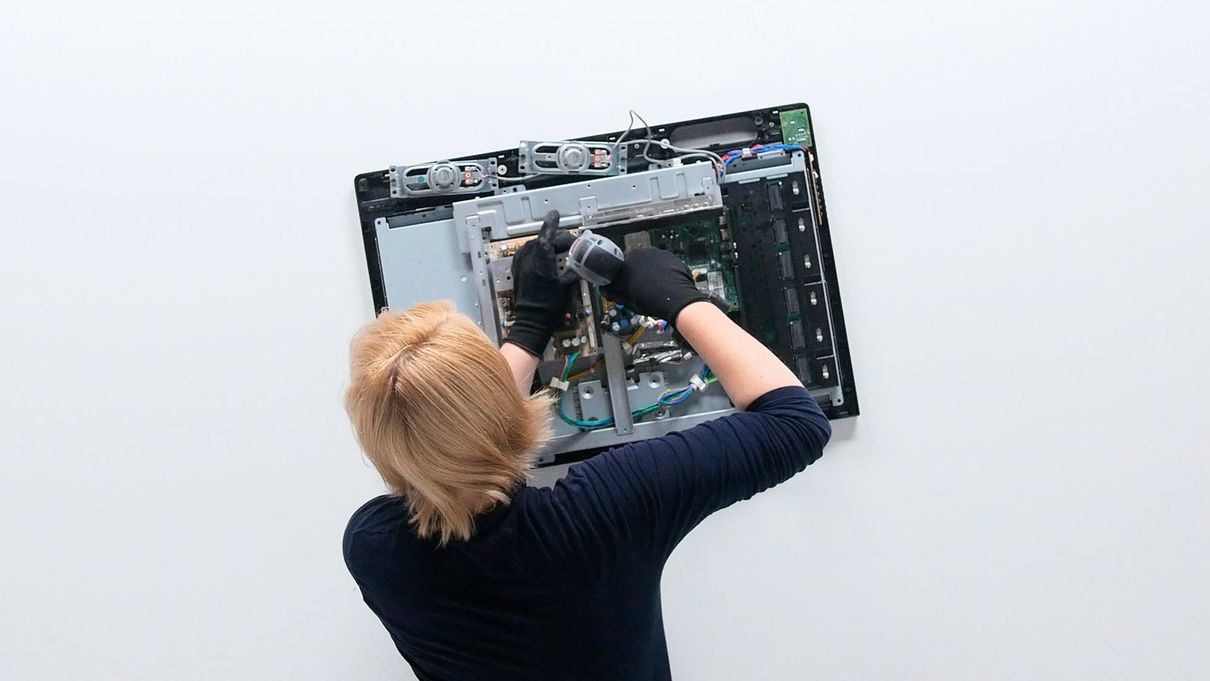
The duo continued their research, visiting and interviewing recycling specialists and exploring the cycle of precious minerals from their initial extraction and subsequent processing through to the ultimate recycling stage. In doing so, they achieved a conceptual breakthrough: “In terms of electronic devices in particular, it became obvious to us that the main problem concerning today’s recycling is a design problem. If a product were designed in a way that made it easier to assemble – and, above all else, easier to disassemble – it would probably also be recycled more locally and more carefully, using more transparent processes to recover as many of the precious metals from it as possible.” The dialogue with various players in the recycling industry opened the designers’ eyes to utterly fundamental things that had barely been advocated before in the area of product design.
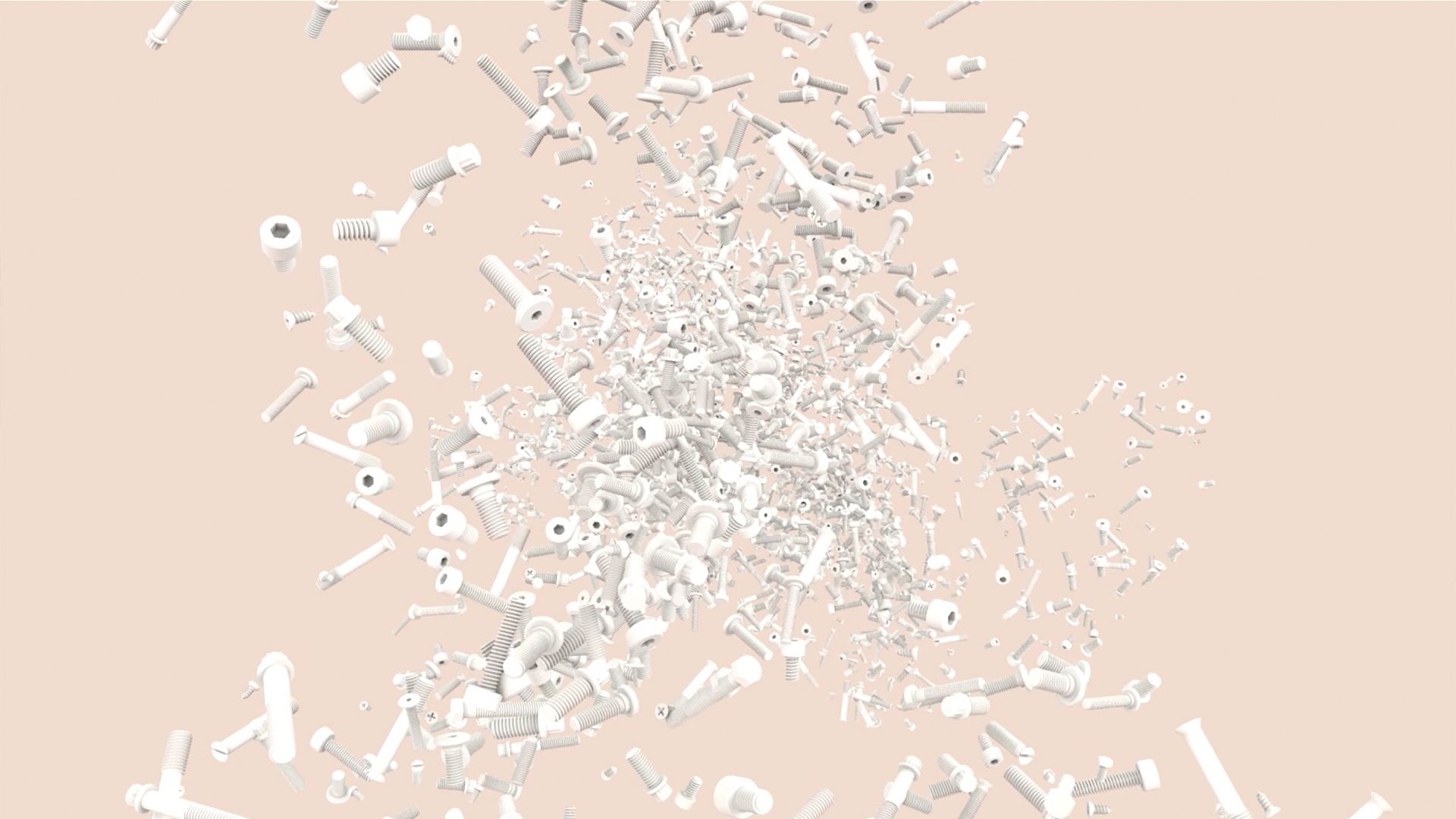
Sustainability: Design has an obligation
Simone explains: “Unfortunately, today’s innovations are generally not innovations in all areas, but merely meet the needs of the user. I also like highly practical and nice-looking objects, but I ask myself whether it is fair to talk about innovations and improving our everyday technologies if the ever-smaller components continue to be thoughtlessly stuck together. This unnecessarily complicates the recycling process and makes it more expensive. So which parameters should we use to judge innovation?” The very fact that different screw systems are used throughout the electrical engineering sector: According to Simone, real innovation – and sustainability – on all levels of the product’s life span would be achieved if such mechanisms were standardized and the product were made more transparent for both the user and the recycling process.
For Formafantasma, the value of such studies lies not in the resulting chic furniture made from electrical waste, for example, in keeping with the consumer trend for upcycling. “Our projects and exhibitions – and especially ‘Ore Streams’ – use films, texts, and installations to show the journey taken by the material and give the visitor access to the knowledge that we generated in the course of our research process. Of course, we also designed office furniture from old computers for ‘Ore Streams’ and the NGV, but you cannot address the sustainability problem of our age by starting at the product level.”
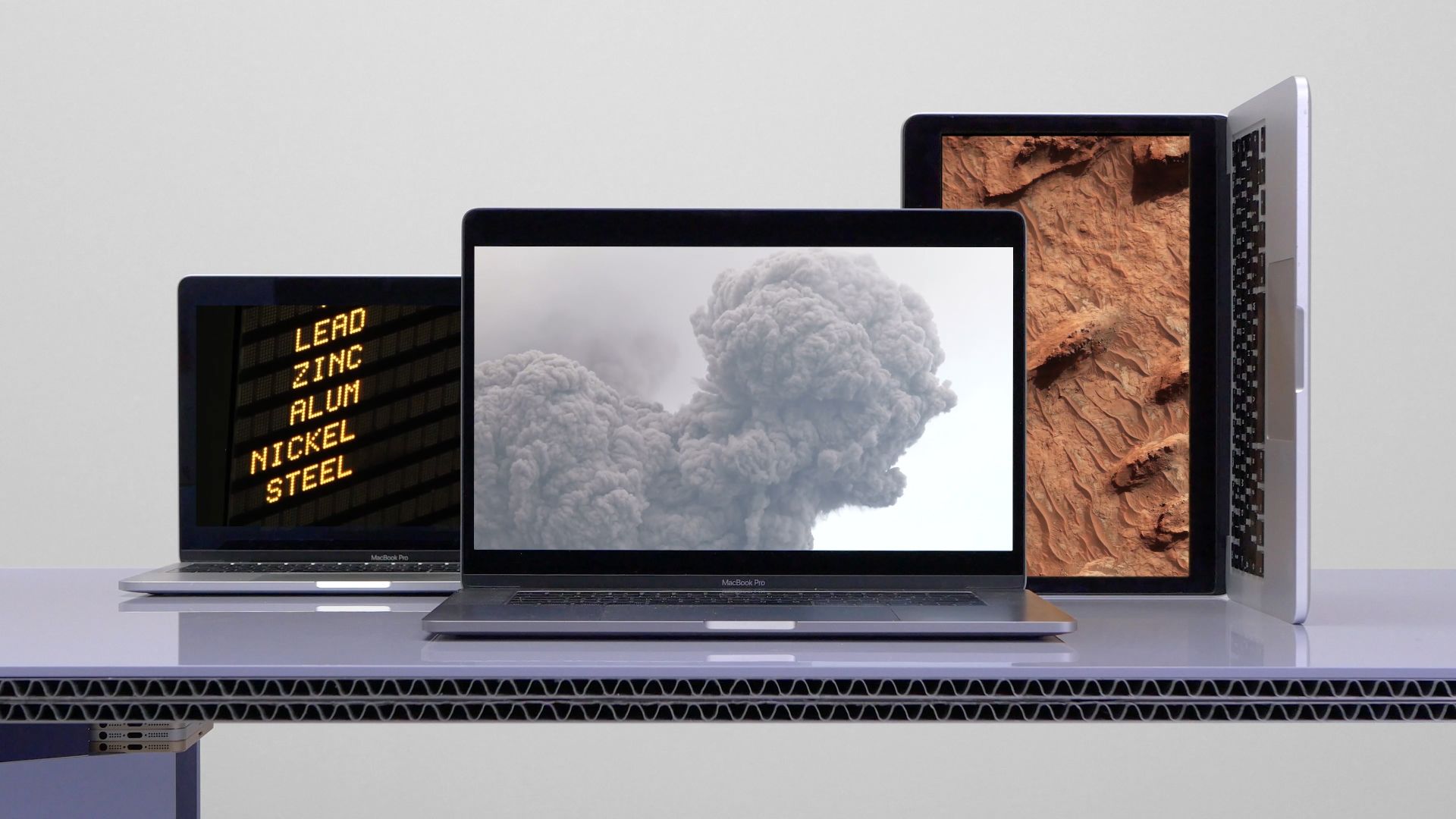
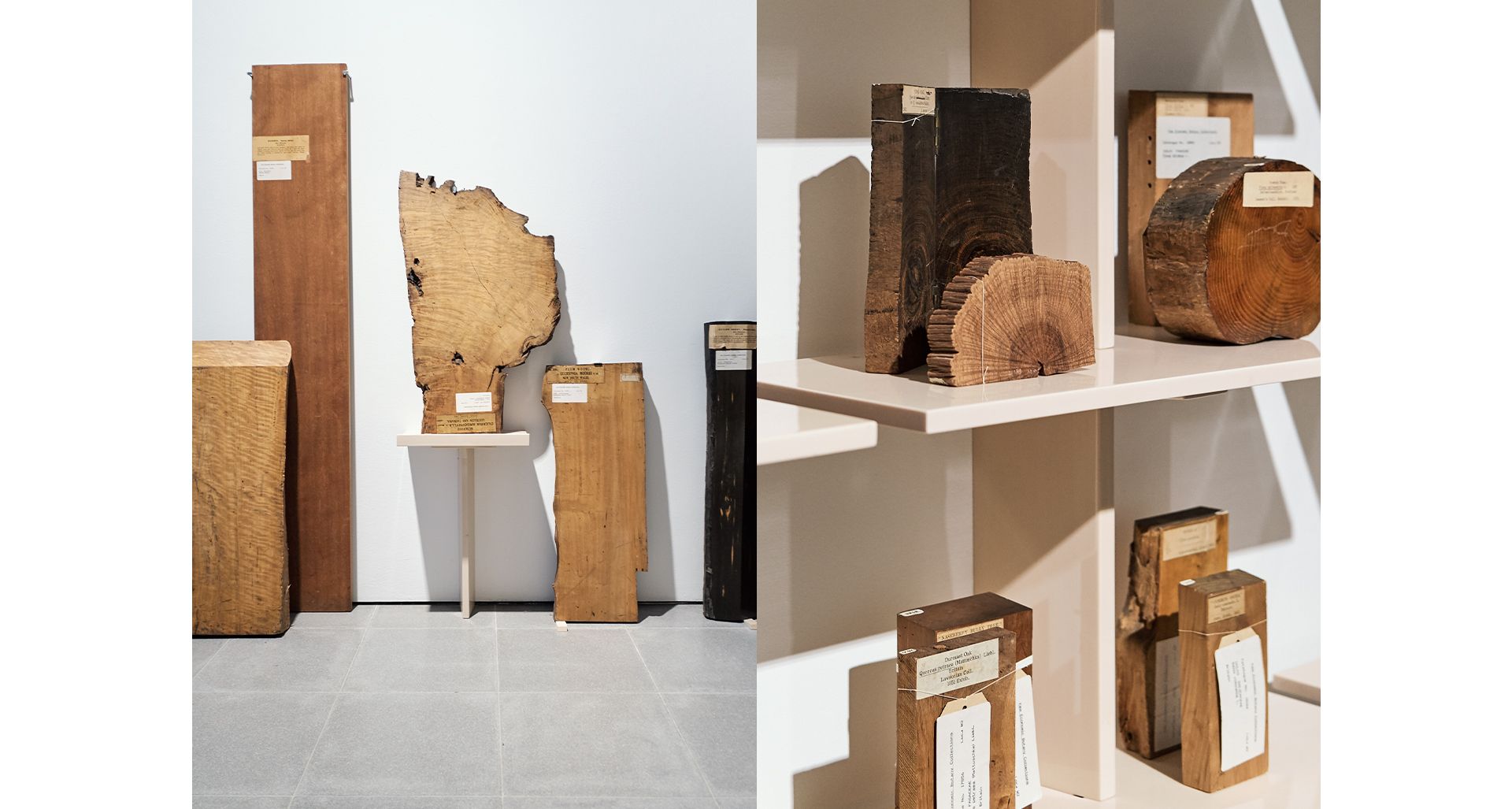
Knowledge as a resource for future generations
Formafantasma conceived its Cambio exhibition, which opened in 2020, in conjunction with London’s Serpentine Galleries. Cambio is an examination of the wood industry. Together with Ore Streams, it forms the basis of a new course supervised by Formafantasma at the Design Academy Eindhoven: the geo-design course, which focuses on sustainability. Maybe it isn’t possible to change the world as a lone designer, says Simone, but there is an obligation to at least try.
This fascinating exhibition can also be seen online at cambio.website. Formafantasma has also provided extensive background information on ‘Ore Streams’ – on orestreams.com. After all, if one thing is especially important to Formafantasma, it is piquing people’s curiosity and giving as many of them as possible an understanding of what lies behind a consumer object so that consumers can make informed decisions about what they like and what they really need. “We all like nice things, but things must always tell a story and this should also interest us.”
Upcycling at Audi
Sustainability is a central pillar of the Audi corporate strategy. The fourth-generation Audi A3, for instance, has seat upholstery made from secondary raw materials. Up to 89 percent of the fabric used comes from recycled PET bottles, which are transformed into yarn in an elaborate procedure. The bottles are first shredded into flakes, before being converted into an even finer granulate. This granulate is then turned into polyester yarn, which is used to make the fabric. Up to 45 PET bottles with a capacity of 1.5 liters are used per seat cover. An additional 62 bottles are recycled for the carpet in the new Audi A3. Other components in the interior are also increasingly made of secondary raw materials, such as the insulating materials and absorbers, the side panel trims of the luggage compartment, the loading floor, and the mats. The goal is clear: The percentage of recycled material in the Audi fleet is set to rise considerably in the coming years.
Audi A3 Sportback: Fuel consumption (combined) in l/100 km: 6.2–4.4CO₂ emissions (combined) in g/km: 141–117CO₂ emission class: E-D
Audi A3 Limousine: Fuel consumption (combined) in l/100 km: 6.0–4.4CO₂ emissions (combined) in g/km: 137–115CO₂ emission classes: E–C
Audi A3 Sportback TFSI e: Fuel consumption (weighted combined) in l/100 km: 1.4–1.1Power consumption (weighted combined) in kWh/100 km: 15.8–14.4CO₂ emissions (weighted combined) in g/km: 31–24CO₂ emission class (weighted combined): BFuel consumption with a discharged battery (combined) in l/100 km: 15.8–14.4CO₂ emission class with a discharged battery: F-E
Audi A3 Sportback g-tron: Fuel consumption (combined) in kg/100 km: 3.6–3.5CO₂ emissions (combined) in g/km: 99–96CO₂ emission class: C
Audi S3 Sportback: Fuel consumption (combined) in l/100 km: 8.7–-29.6CO₂ emissions (combined) in g/km: 198–191CO₂ emission class: G
Audi S3 Limousine: Fuel consumption (combined) in l/100 km: 8.5–8.1CO₂ emissions (combined) in g/km: 193–185CO₂ emission class: G
Stated specifications apply only in Germany and are not applicable in other regions.
Audi A3 Sportback: Fuel consumption (combined) in l/100 km: 6.2–4.4CO₂ emissions (combined) in g/km: 141–117CO₂ emission class: E-D
Audi A3 Limousine: Fuel consumption (combined) in l/100 km: 6.0–4.4CO₂ emissions (combined) in g/km: 137–115CO₂ emission classes: E–C
Audi A3 Sportback TFSI e: Fuel consumption (weighted combined) in l/100 km: 1.4–1.1Power consumption (weighted combined) in kWh/100 km: 15.8–14.4CO₂ emissions (weighted combined) in g/km: 31–24CO₂ emission class (weighted combined): BFuel consumption with a discharged battery (combined) in l/100 km: 15.8–14.4CO₂ emission class with a discharged battery: F-E
Audi A3 Sportback g-tron: Fuel consumption (combined) in kg/100 km: 3.6–3.5CO₂ emissions (combined) in g/km: 99–96CO₂ emission class: C
Audi S3 Sportback: Fuel consumption (combined) in l/100 km: 8.7–-29.6CO₂ emissions (combined) in g/km: 198–191CO₂ emission class: G
Audi S3 Limousine: Fuel consumption (combined) in l/100 km: 8.5–8.1CO₂ emissions (combined) in g/km: 193–185CO₂ emission class: G
Stated specifications apply only in Germany and are not applicable in other regions.
